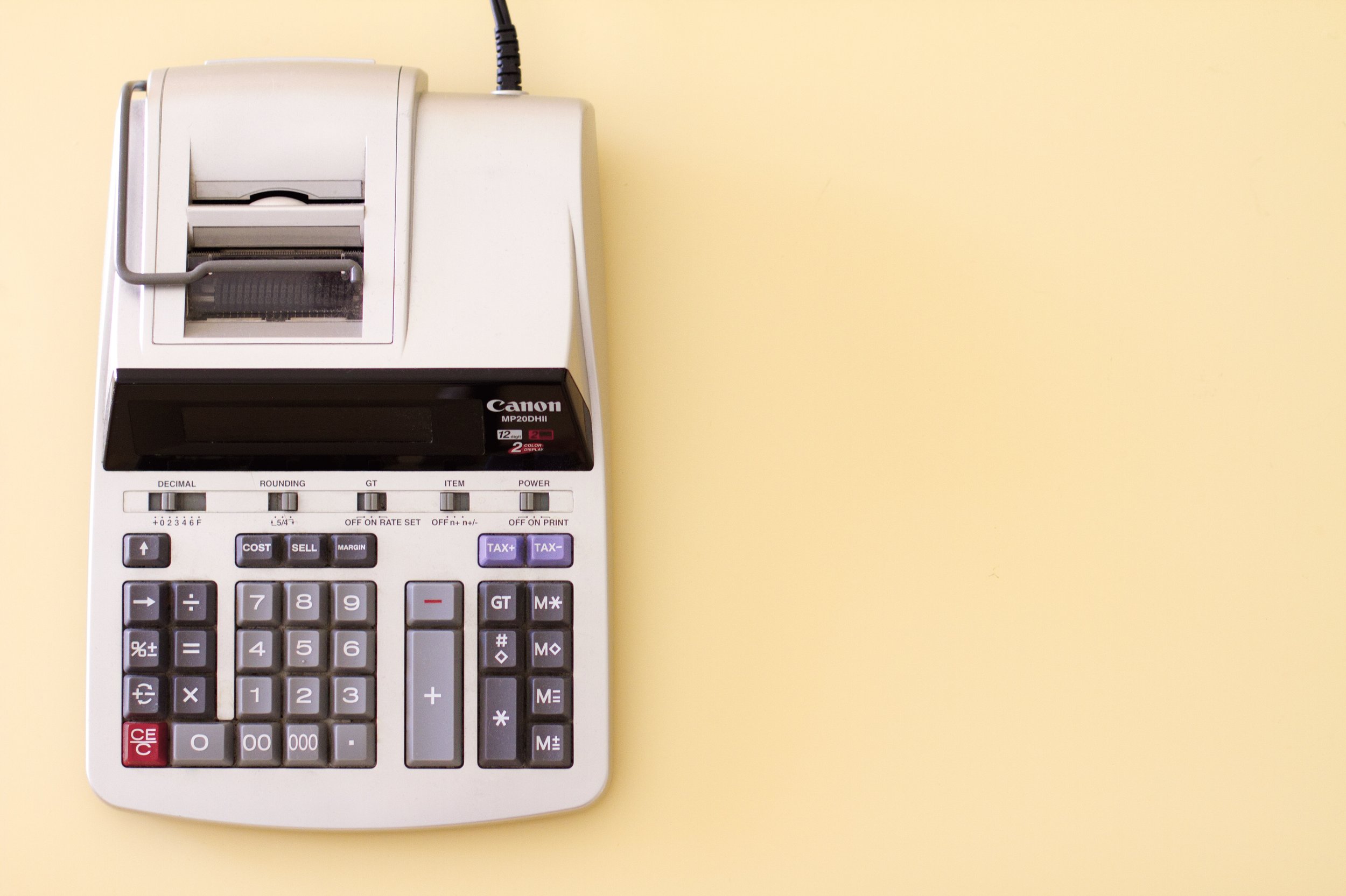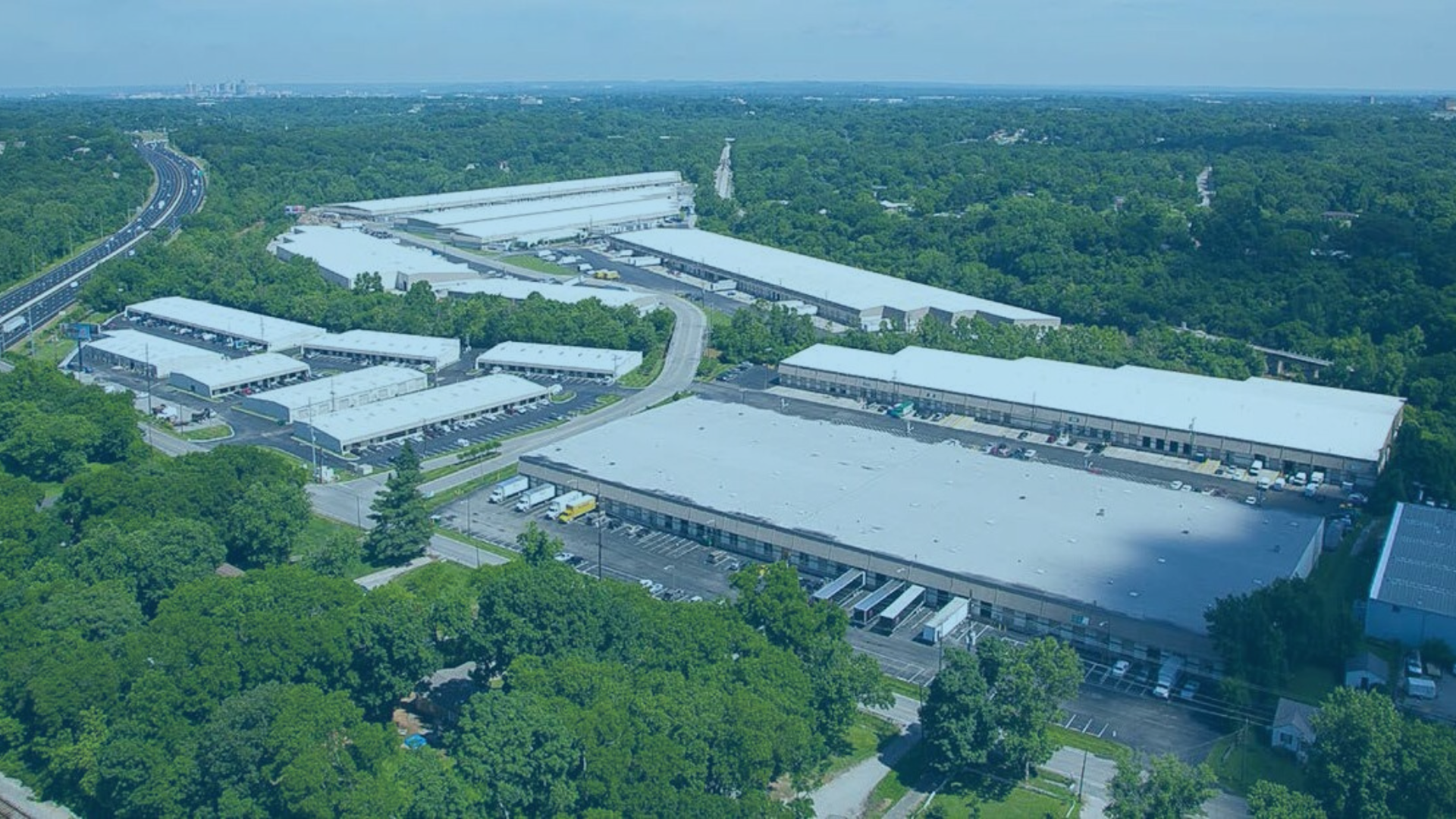Should You Be Measuring Return on Equity over Return on Investment?
You may be a real estate investor now, but let’s go back 4,000 years and put ourselves in the sandals of a Babylonian.
Those who seek great fortune in Babylon invest using the five laws of gold; the second is arguably the most important.
According to George Clason’s The Richest Man In Babylon, the second law of gold states:
Gold laboreth diligently and contentedly for the wise owner who finds for it profitable employment, multiplying even as the flocks of the field.
In other words, if you are wise with your investment, it will bring a generous return.
But how do we measure our return when we’re investing in real estate?
Enter: the Return on Equity (ROE).
Measuring Real Estate Investment Returns
You’ve probably heard of using the cap rate, the internal rate of return, and the cash on cash return.
All of these ratios are great for measuring the return on your money, but let’s dive into a ratio that doesn’t get its fair share of praise: the return on equity.
The ratios previously mentioned are extremely useful.
Knowing your cash on cash return is important since an investor should know how much of an annual return they will be getting on their initial investment.
But what if you want to sell or reposition the property?
At this point, you should look at the equity value of the property.
What Is Equity?
Before we discuss the return on equity, let's refresh ourselves on the definition of equity; it is the value remaining after paying off the loan on the property.
For example, you purchased an office building for $1 million with a 20% down payment, the equity that you have in that property would be your down payment or $200,000.
Let’s say a year goes by and you pay down your mortgage so that now you only owe $770,000.
And, due to appreciation, your building’s value increases to $1.1 million.
Using our formula, we find that our equity value is $750,000
The Return on Equity Formula
Return on equity is your annual positive cash flow divided by the amount of equity you have built up in a property.
Annual Revenue divided by Total Equity Value = Return on Equity
This measurement gives you the amount of return that you receive, as a percentage, from the equity that you have in your property.
Return on Equity Example:
You buy a property in a developing part of town for $1 million, but you calculated that it needs $500,000 worth of improvements.
For a $1.5 million property, we’ll say that you would need a 20% down payment ($300,000) and finance the remaining $1.2 million. Then, this property generates a positive cash flow of $3,500 per month, which is $42,000 per year.
To measure your ROE, we would divide $42,000 by our equity ($300,000) to get 0.14 or a 14% return on equity.
Fast forward 2 years.
Let’s say you’ve paid your loan down by $200,000, bringing the amount you owe on the property to $1 million. Does this mean that now our equity value in the property is $500,000 ($300,000 + $200,000)?
Not quite.
You also have to factor in the appreciation of the property.
Your location is in an “up and coming” corridor of your city, so the surrounding development along with the initial $500,000 worth of improvements that you completed raises the value of your building to $3 million; thus, your equity in the property is $2 million ($3 million - $1 million).
An increase in property value means an increase in rents for your tenants. Now your property is cash flowing $80,000 a year. If we divide $80,000 into $2 million, we find that our ROE is 0.04 or 4%.
But, what does this number actually tell you?
It states that you have a high value of equity in a property compared to your cash flow, so your return on your capital tied up in the property is now fairly low.
How to Utilize the ROE
Measuring the ROE becomes pertinent to your next decision regarding this property.
We realize that we have a sizable amount of equity built up - we need to find a way to put it to use since it’s not generating a high return by sitting in the property.
Now that you know there is equity waiting to be deployed, you must now consider refinancing or selling the property – remember the second rule of gold.
Are you maximizing your investment?
Internal Rate of Return, Cash on Cash return, Cashflow, etc. are all great numbers and ratios to monitor throughout your owning a commercial property, but they can’t be used for analyzing an exit strategy.
Cash on Cash, or Return on Equity?
Let’s take a look at the same property – only this time, we’re going to focus on our cash on cash return.
The cash on cash return is our cash flow before taxes divided by the initial equity investment. It measures the annual return that we get from our initial capital placed in the project, such as the down payment and other fees, as a percentage.
To measure the cash on cash return of our property, we would take our pre-tax cash flow ($42,000) and divide it by our initial equity investment ($300,000).
Our year one cash on cash return calculates to 0.14 or 14%.
And, I know what you’re thinking – wow, that’s a better annual return than the S&P 500!
You would be correct, but this is not always the case.
Our property is situated along an appreciating corridor; hence, we have a great ROE and a great cash on cash return.
But what if our property was located elsewhere?
Cash on Cash Example:
An examination of our property in an area that’s not appreciating to the degree that is in the developing corridor would give us a better look at why calculating the ROE is so important.
We have the same $1 million property that needs $500,000 in work; we acquire this property with a $300,000 down payment. We also have the same amount of cash flow.
Nothing different so far.
2 years later, your property is valued at $1.75 million due to the neighborhood not drastically appreciating; this means that we are not able to increase our rental rates as much. We are only able to capture $60,000 as cashflow.
Let’s run our calculations for ROE:
If we divide our cashflow ($60,000) by the equity value of $750,000 ($1.75 million – $1 million), we find that the ROE is 0.08 or 8%.
Yes, this is a higher ROE compared to our property in the appreciating corridor.
But why is it not the better deal? Because our equity value is not rising.
We aren’t creating as much equity with this property, therefore our exit strategy is going to be strained or it’s going to be in the distant future when the property value increases.
Of course, we’re betting on the neighborhood appreciating or the cashflow increasing in the future.
With a higher ROE and less equity than our other property, we have less equity to pull out through refinancing; we would also have a lower profit margin, compared to the previous example, if we sold our property.
What If we ignore ROE?
Imagine if we were to invest and only look at our cash on cash return of these properties .
Our year three cash flow on the property in the appreciating corridor is $80,000. Dividing $80,000 by the initial equity investment ($300,000) gives us the cash on cash return: .2667 or 26.67%.
The year three cash flow for the second example is $60,000. If we divide $60,000 by the initial equity investment ($300,000), we get .2 or a 20% cash on cash return.
Both properties seem like great deals. Who wouldn’t want a 26% or a 20% return?
However, measuring the ROE of these properties reveals the better deal for someone looking to create equity and use it to fund a bigger project.
There is no “Holy Grail” of ratios or a single calculation that determines whether a deal is right for you. Many measurements deserve your attention – just don’t forget your ROE.
Your equity should always laboreth diligently for you. It should not increase and remain trapped in a property nor should it struggle to increase due to it’s expected appreciation being a gamble.
Your ROE alongside other calculations can tell you what shape your portfolio is in and whether selling or refinancing is appropriate.
Now that we understand ROE and how important it is when making decisions regarding our portfolio, let’s invest wisely and make the ancient Babylonians proud!
Ben Dotye's passion and eagerness to learn about commercial real estate lead him to join the team as our brokerage and acquisition intern. He has proven himself valuable by assisting our brokers, being involved in renovation projects, and much more! His goal as our intern is to learn as much as possible so that he can soon be a part of Music City's growth.
A current Business student at Rhodes College, Ben is expected to graduate in 2022. Upon graduation, he plans to dive into commercial real estate!














If you're serious about real estate investing, it's time to look beyond those quaint single-family homes.
Bold statement? Absolutely. But stick with me here.
Now, don't get me wrong. Investing in a single-family home beats twiddling your thumbs on the sidelines of the real estate game. And yes, I'll even go out on a limb and say that residential real estate still outshines many other investment vehicles out there.
But that's not why we're here today, is it?
I'm about to lay out five reasons why commercial real estate should be your go-to play.